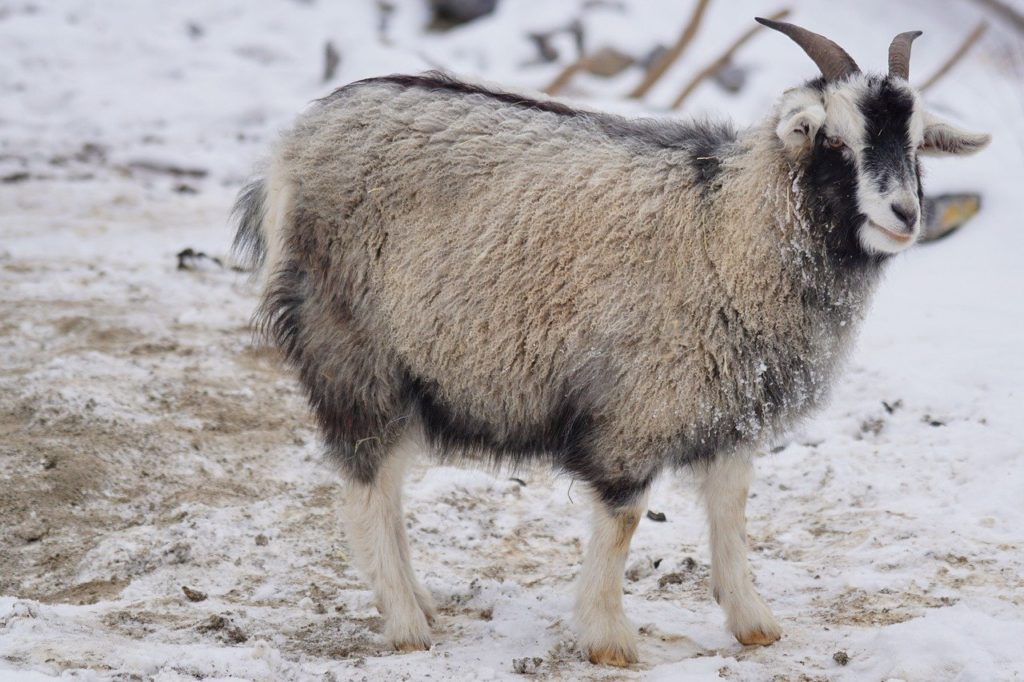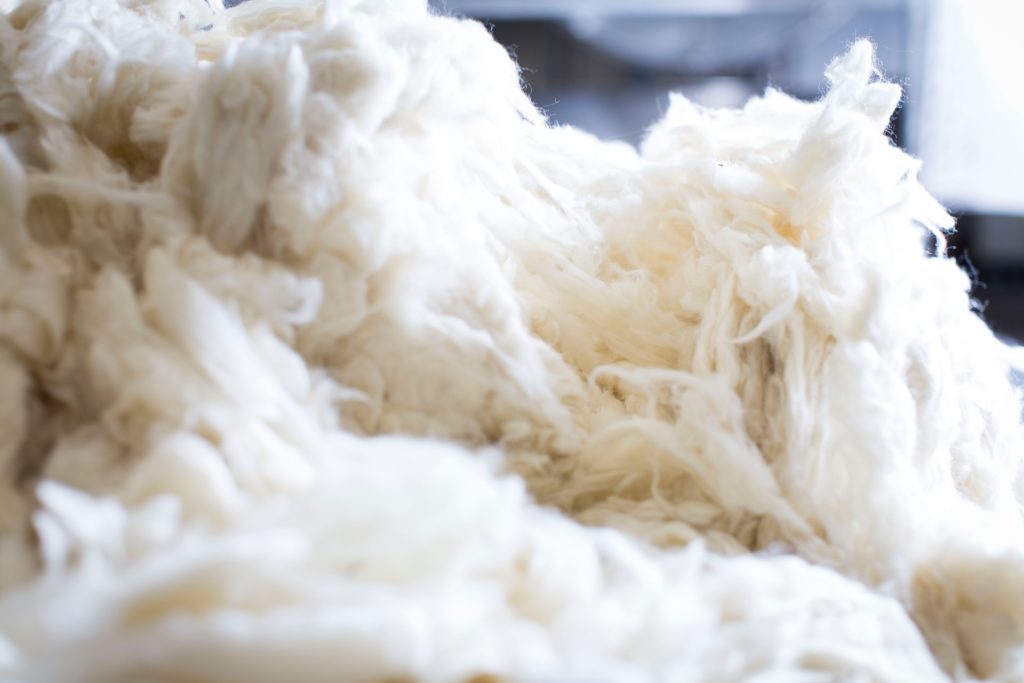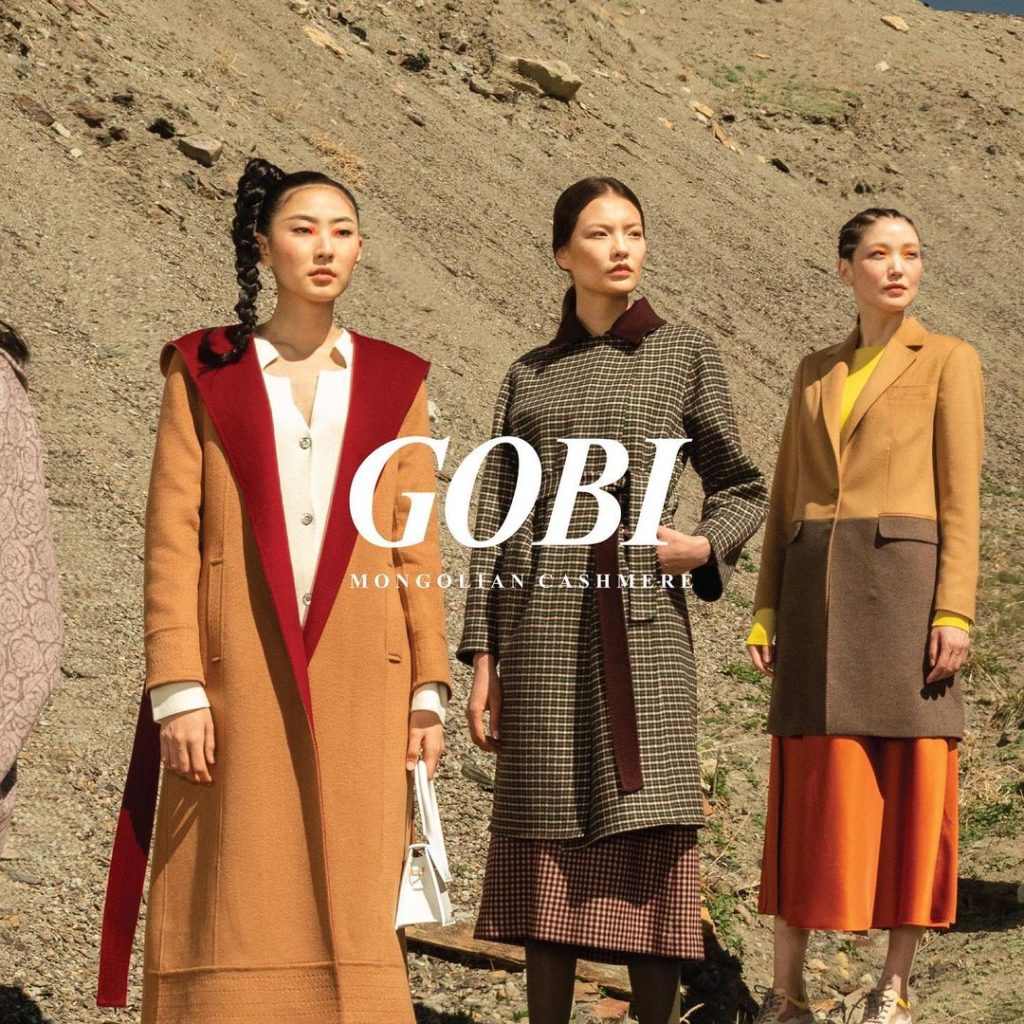Blog
Where Does Cashmere Come From? How Cashmere is Made
Cashmere is one of the softest fibers in the world. It is no surprise that cashmere is expensive, the reason being it is the most luxurious and rarest material produced. If you have ever worn any clothing made of cashmere, you may already know how silky and durable it is. But what exactly is cashmere and how is it made? And why Mongolian cashmere is famous for its long-lasting and fine quality? I have decided to answer those questions for you in this article.
Cashmere Wool & How is Cashmere Made?
Cashmere wool, or simply Cashmere, is a type of wool known for its exceptionally lightweight, warmth, and superior softness. Named after the Kashmir region in India where it was initially produced, Cashmere wool is highly sought-after worldwide for its unparalleled quality and comfort.
Origins of Cashmere Wool
Around the late 18th century to the early 19th century, cashmere production is said to have started in the Kashmir region. During that time, cashmere shawls were exported to Europe, which is still one of the biggest cashmere importer regions today. The popularity of Cashmere increased in the 19th century. Now Cashmere still comes from Asia, with Mongolia and China being the leading producers.
Cashmere is a luxurious textile that comes from cashmere goats. Many people misunderstand that cashmere comes from both sheep and goats. The soft fiber of the cashmere can be produced from not just any goat but from a nomadic breed. Those types of goats are found across the Himalayas where the weather is exceptionally cold such as Mongolia, Southwest China, Afghanistan, Tibet, Iran, and Northern India. Due to the cold habitat, cashmere goats grow thick, soft, and warm coats which is the secret of the finest quality cashmere.

Cashmere goats have two layers of hair: thick and wiry guard hairs and soft undercoat hairs. Both hairs can be used for different purposes. The soft undercoat is reserved for textiles to make clothing while the guard hairs can be used for non-apparel purposes. The fiber having the lowest hair content commands the highest price, therefore, the amount of guard / coarse hair in the cashmere affects the price greatly. As mentioned by Brittanica, “high-quality cashmere-coating fabrics usually contain less than 5 percent of the coarse hair; fine-quality sweaters contain less than 1 percent.”
From Goat to Cashmere Wool | How is Cashmere Made?
The secret behind the magnificence of Cashmere wool lies in its unique source: the Cashmere goat. These special goats, found in harsh and cold climates such as Mongolia, China, and Iran, possess a dual-layered coat. The top layer, or guard hair, is coarse and protects them from harsh weather. Underneath this layer is a softer, denser undercoat, known as the Underdown or Cashmere fleece. It’s this second layer that provides the fine, soft fibers used to create Cashmere wool.
The Cashmere Industry, Manufacturing Cashmere Wool
1. Harvesting the Fibers
Harvesting the Cashmere fibers is a meticulous process done annually in the spring when Cashmere goats naturally shed their undercoat. The fine Cashmere fibers are gently combed from the goat, causing no harm to the animal.
2. Sorting and Cleaning
Once harvested, the fibers undergo a thorough sorting process known as ‘dehairing.’ This is where the precious Cashmere fibers are manually separated from the coarser guard hairs. This cleaned Cashmere is then washed to remove dirt and natural oils.
3. Carding and Spinning
In the next stage, the fibers are carded, a process of aligning the fibers to prepare them for spinning. The Cashmere is then spun into yarn. This process can be done by hand or machine, depending on the production scale and desired quality.
4. Dyeing
The natural colors of Cashmere range from white and grey to brown and black. However, Cashmere can be dyed in a myriad of colors to create a diverse range of products. White Cashmere is particularly valued because it can be dyed any color without prior bleaching.
5. Weaving or Knitting
Once dyed, the Cashmere yarn is either woven or knitted into various products, including sweaters, scarves, hats, and blankets. Many factories use a blend of machine and hand knitting to maintain a high-quality standard of products.
6. Finishing Touches
Finally, each Cashmere product is washed, dried, and carefully finished, often by hand, to ensure the highest possible quality.
Cashmere Trade and Cashmere Production
The demand for Cashmere products is steadily increasing, driven by a growing appreciation for sustainable and high-quality fabrics. Despite its price point, Cashmere’s luxurious feel and lasting durability make it a preferred choice for consumers seeking comfort and quality.
However, the industry faces challenges too. The labor-intensive and time-consuming manufacturing process, coupled with the limited annual yield of Cashmere wool per goat, has led to supply constraints. This, along with growing concerns around the environmental impact of Cashmere production, has prompted the industry to innovate and adapt for sustainability.
Types of Cashmere
- Raw Cashmere: This is Cashmere in its most unprocessed form, right after it has been combed from the goat and cleaned.
- Processed Cashmere: This refers to Cashmere that has been combed, cleaned, dyed, and spun, ready to be knitted or woven into final products.
- Virgin Cashmere: This term refers to Cashmere that has never been used or processed before. It’s considered the highest-quality Cashmere due to its freshness and untouched state.
- Recycled Cashmere: This is Cashmere that has been reclaimed from discarded garments or leftover materials and spun into new yarn. It’s a more sustainable option, although it can be slightly less soft than virgin Cashmere.
- Blend Cashmere: This is Cashmere that’s been blended with other fibers, such as silk, cotton, or synthetic fibers. Blending can improve durability and decrease cost, but it often results in a less luxurious feel than pure Cashmere.
- Two-ply Cashmere: This is Cashmere made with two strands of yarn, resulting in a denser, warmer, and more durable fabric than single-ply Cashmere.
- Single-ply Cashmere: Made with a single strand of yarn, this type of Cashmere is lighter and might be less durable than two-ply Cashmere, but it’s often used for finer, lightweight garments.
- Grade A, B, and C Cashmere: Cashmere can also be categorized by its grade, which is determined by the fiber’s length and diameter. Grade A is the highest quality, with the longest and thinnest fibers, while Grade B and C are slightly lower in quality and softness.
Why is Cashmere So Expensive?
The severely limited supply and the laborious production process explain the expensive price of cashmere. The fibers can only be collected once a year during the spring molting season. This is when the goats shed the thick fleece that has grown throughout the winter to protect themselves from the cold. One cashmere goat can give merely 150-200 grams of cashmere wool each year. And this amount gets smaller because the gathered cashmere has to be cleaned and washed. In fact, it takes two or three goats’ worth of wool to make a single scarf.

All these processes are labor-intensive and time-consuming. So it might take months or even years to produce a single cashmere sweater. Cashmere goats have to be shorn by hand, then gently transported to a facility for inspection. Each shorn strand is manually separated for inspection, although some places have developed their own fast method. Overall, every step of the process is handled delicately and meticulously to produce the finest quality. So it is no surprise that cashmere is expensive compared to other textiles.
Chinese Cashmere vs Mongolian Cashmere

Due to its luxurious and rare features, Cashmere has earned itself nicknames such as “Soft Gold” and “Diamond Fiber”. And it is no mistake that Mongolia is called the “Land of Soft Gold”. If you’ve been interested in Mongolian culture, then you may already know the unique nomadic lifestyle of Mongolians. We have vast land of steppes and mountains where the livestock enjoys the luxury of roaming and grazing free. Plus, Mongolian goats grow undercoats of fur consisting of long, fine fibers to withstand freezing weather.
When spring comes, Mongolian herders hand-comb the soft undercoat from the goats without damaging the skin. Even though it’s time-consuming and difficult, this approach is the best for both the goats and the fibers. This is also the reason why Mongolian cashmere is environmentally friendly, sustainable, and cruelty-free.
Chinese Cashmere industry on the other hand is marked by its large-scale, more industrialized production processes. This allows for high-volume production and rapidly turning out yarn and finished products, helping to meet the global demand for Cashmere.
Chinese Cashmere is generally less expensive due to its abundant supply and streamlined production process. However, critics argue that this mass production can sometimes lead to a compromise on the quality of the Cashmere.
Where Does Cashmere Come From?
Pashmina goat and similar goats from colder climates such as Mongolia, Northern China, Iran, Afghanistan, and Northern India are sought after due to their quality. Goat’s wool is processed for the production of cashmere.
What is The General Cost of Cashmere?
The cost of Cashmere varies significantly depending on various factors such as the quality of the raw Cashmere, the production process, and the branding.
Quality Cashmere is typically more expensive than other wool products due to its exceptional softness, warmth, and durability. However, the cost of Cashmere can range greatly, from affordable Cashmere garments on the market to high-end luxury Cashmere items. You can expect to pay anything from $30 to hundreds of dollars.
How to Find Quality Cashmere Garments?
When looking for quality garments, consider the fiber quality, production process, and origin. High-quality is typically made from longer, thinner fibers, often found in many different breeds of goat. The best Cashmere usually comes from the undercoat of Cashmere goats raised in the harsh climates of the Indian subcontinent and Mongolia.
Another aspect to consider is the ply of the yarn. A two-ply yarn or higher typically means a denser, warmer, and more durable product than a single-ply. Also, the feel of the garment next to the skin can indicate quality. The softer it feels, the higher the quality of the Cashmere.
Where to Buy Cashmere & Cashmere Sweater For Cheap?
While Cashmere is generally considered a luxury product, it’s possible to find more affordable, or “cheaper” Cashmere items. Large online marketplaces often provide a variety of Cashmere products at different price points. Department stores and outlets can also have sales where you can buy Cashmere, including Cashmere jumpers, for a lower cost.
However, it’s important to note that very cheap Cashmere may not provide the same quality and longevity as more expensive options. Be sure to check the percentage of Cashmere in the blend if it’s not 100% Cashmere.
Luxury Cashmere vs Regular Cashmere Fibres
The primary difference between luxury Cashmere and regular Cashmere fibers lies in the quality of the raw Cashmere, the manufacturing process, and the brand reputation.
Luxury Cashmere often comes from the highest quality fibers, which are meticulously sorted, cleaned, spun, and dyed into a variety of colors without the need for prior bleaching. Luxury brands might also use more traditional, labor-intensive manufacturing methods, which can result in a softer and warmer product.
On the other hand, regular or cheaper Cashmere may involve larger-scale, more automated manufacturing processes and may use shorter or thicker fibers, resulting in a less soft and less insulative product.
